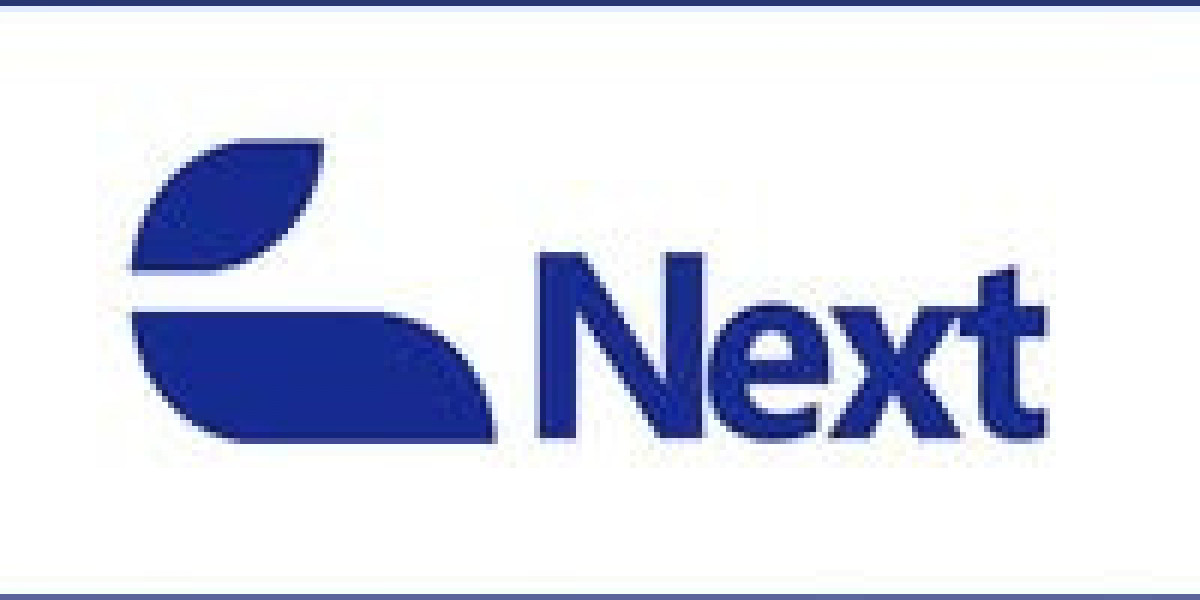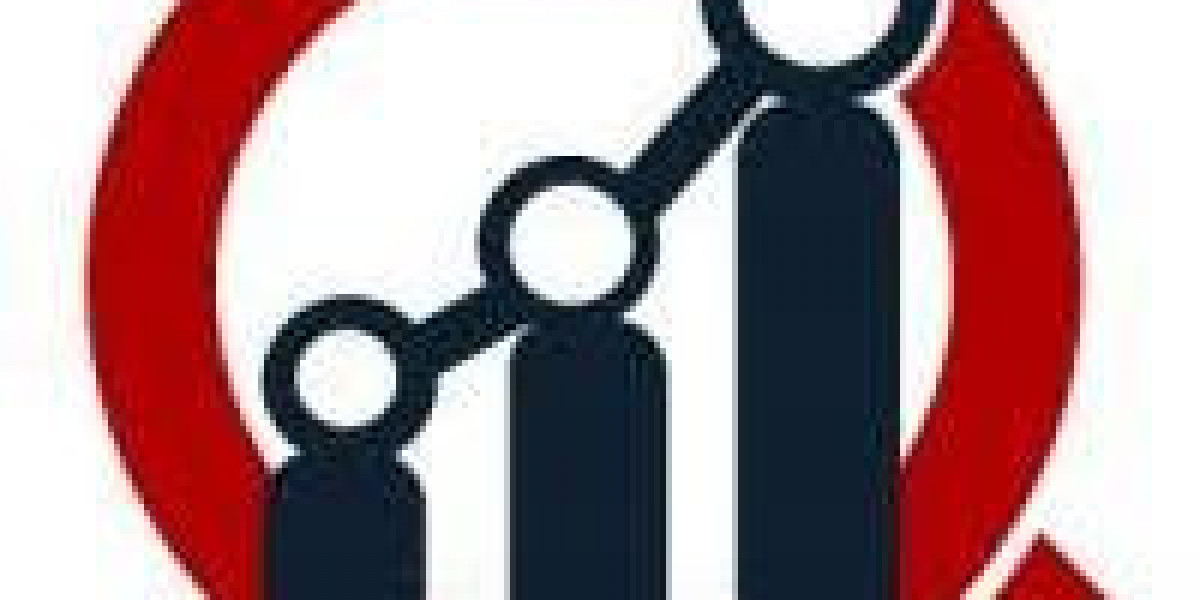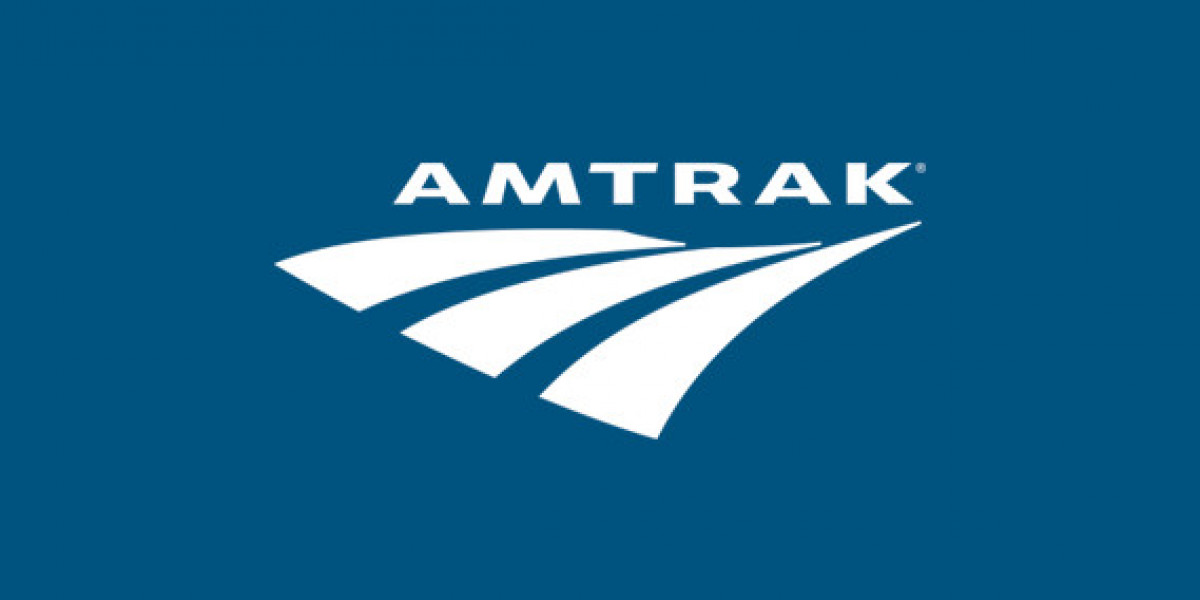In today’s fast-paced business world, staying in the know means more than simply managing tasks — it means knowing where work is happening too. For organisations with mobile teams, on-site operations, or remote field staff, having a clear line of sight into workforce movement can be the difference between reactive firefighting and proactive control. That’s why an effective employee location tracking software solution is more than a nice-to-have — it’s a strategic enabler.
Why location tracking matters
Imagine a service-technician team dispatched across a city, or a sales force visiting multiple client sites in one day. Without visibility into who’s where, coordination becomes guesswork: “Is Rahul still at the customer site?” “Has Priya moved to her next assignment?” “Are we covering this region efficiently?” With a location-aware system, those questions are answered immediately: you can see real-time where each team member is, how long they’ve been there, and whether travel or idle time is creeping into the day. Real-time visibility like this enhances responsiveness, supports better decision-making and keeps operations moving smoothly.
Moreover, location tracking isn’t only about “watching over” staff — it’s about managing resources intelligently. When you know which team member is geographically closer to a job site, you can re-assign tasks faster, minimise travel time and costs, and provide faster service to your customers. Reports reveal that field-based organisations using tracking tools can optimise routing, reduce fuel/time waste and improve responsiveness.
Key benefits that really matter
Here are some specific upsides your business stands to gain:
Accurate attendance & presence verification – With location tracking, you can automatically log when employees arrive on-site or enter a predefined zone rather than relying solely on manual timesheets or check-ins. This removes ambiguity and simplifies attendance.
Increased accountability – When team members know the system is tracking locations (transparently), there’s a natural uplift in responsibility. They’re less likely to idle, stray off route or lose focus on assigned tasks.
Smarter planning & task allocation – Location data helps you assign work based not just on skills but on proximity. If you can route jobs dynamically based on who’s nearest, you gain on-the-ground efficiency and faster turnaround.
Safety & risk management – Especially for employees working in the field, real-time location means you can respond promptly if something goes wrong (e.g., unexpected delay, deviation from route, or emergency). That enhances both safety and peace of mind.
Reliable data for reviews and payroll – Because you’re capturing location, duration on-site, travel time — all that becomes solid data you can use in performance evaluation, payroll or compliance contexts. Eliminates guesswork from these processes.
How to implement thoughtfully
Of course, any system is only as effective as how it’s introduced and used. Here are some best-practice tips:
Be transparent: Inform your teams what location data will be collected, when tracking applies (e.g., during work hours or certain job sites) and how the data will be used. Transparency builds trust.
Define clear zones: Use geofencing (virtual boundaries) so that check-ins, alerts or tracking trigger only when employees enter or leave designated work sites — reducing unnecessary tracking and maintaining relevance.
Tailor by role: Not all roles require the same level of tracking. Someone permanently desk-based might not need live-GPS enabled; field staff likely will. Customising ensures relevance and avoids “one size fits all”. Use the data for support, not punishment: While the system enables monitoring, framing it as a tool for improving workflows, identifying support needs and recognising high performers makes it more positive and productive.
Respect privacy & compliance: Make sure your policies align with labour laws, data-protection standards and internal governance. Ensuring only work-related time/locations are tracked safeguards trust and legal standing.
Why choose a modern solution like Kadagam Next
When you adopt a digital platform like Kadagam Next, built with employee location tracking as one of its core capabilities, you gain more than just maps and GPS dots. You gain an integrated solution where project assignments, task updates, employee status, and travel/location data live in sync.
This means:
Instant visibility into who’s doing what and where they are
Task management that factors in location so you’re routing your workforce smartly
Analytics combining location + task completion data so you can spot bottlenecks and opportunities
Less paperwork, fewer manual check-ins, less ambiguity — your workforce data becomes clean and actionable
In short — for organisations with mobile or on-site workforces, location tracking isn’t just an add-on anymore. It’s part of the workflow.
The human side of technology
Let’s be clear: technology like location tracking should augment human work, not replace it. When deployed thoughtfully, it helps your employees by removing guesswork about where they should go, enabling managers to support them better, and giving clients faster service because your team is optimised.
Think of your workforce as your frontline ambassadors. When they move efficiently, respond quickly, and have clarity on their job path and location, they feel empowered — and your business shines. The tech then becomes the invisible assistant making that happen.
Final thoughts
If your organisation relies on moving teams, multiple job-sites, client visits or field operations, then staying “in the loop” isn’t enough — you need clarity, coordination and data to back it up. Employee location tracking software gives you that clarity. It gives you actionable insight into where work happens, not just what work happens.
With that insight, you can route better, plan smarter, support your team more effectively and ultimately deliver better service — faster. Deployed with care, transparency and purpose, location tracking becomes a force for improvement rather than oversight.
And when you combine it with an integrated platform like Kadagam Next, employee attendance tracking software you get a solution that ties location, task, team and performance into a single flow — elevating your operations from reactive management to proactive leadership.








